Binding energy per nucleon versus mass number curve for nuclei is shown in the figure W,X, Y and Z are four nuclei indicated on the curved. The process that would release energy is
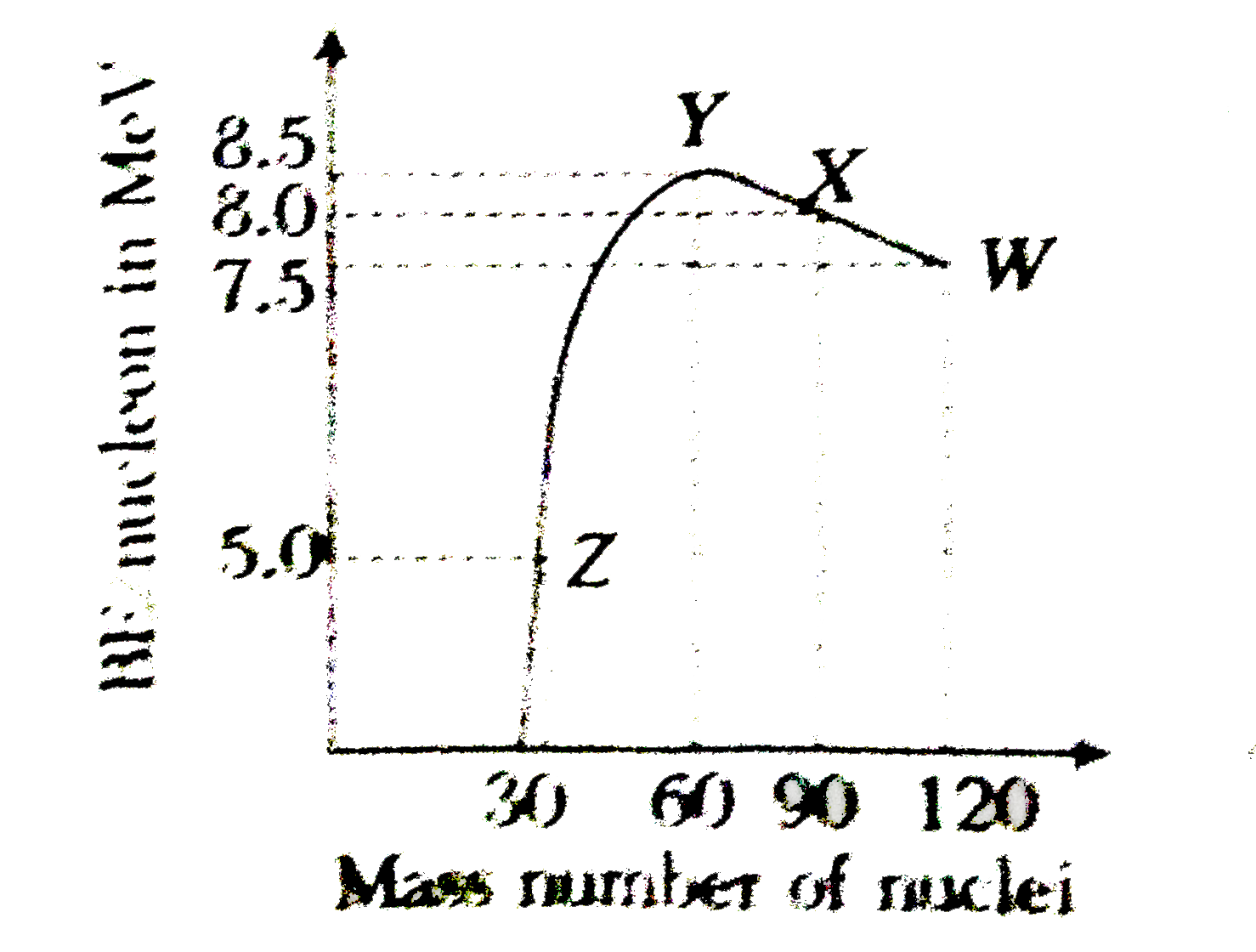
C→2D
A→C+D
A→2C
B→C+D
Step by step video & image solution for Binding energy per nucleon versus mass number curve for nuclei is shown in the figure W,X, Y and Z are four nuclei indicated on the curved. The process that would release energy is by Physics experts to help you in doubts & scoring excellent marks in Class 12 exams.
Updated on:21/07/2023Topper's Solved these Questions
- NUCLEIBook:AAKASH INSTITUTE ENGLISHChapter:NUCLEIExercise:Assignment Section A Objective (One option is correct )
Explore 52 Videos
- NUCLEIBook:AAKASH INSTITUTE ENGLISHChapter:NUCLEIExercise:Assignment Section B Objective (One option is correct )
Explore 10 Videos
- NUCLEIBook:AAKASH INSTITUTE ENGLISHChapter:NUCLEIExercise:ASSIGNMENT (SECTION-D)
Explore 10 Videos
- MOVING CHARGES AND MAGNETISMBook:AAKASH INSTITUTE ENGLISHChapter:MOVING CHARGES AND MAGNETISMExercise:Assignment Section J (Aakash Challengers Questions)
Explore 5 Videos
- OSCILLATIONSBook:AAKASH INSTITUTE ENGLISHChapter:OSCILLATIONSExercise:Assignment (Section D) (ASSERTION-REASON TYPE QUESTIONS)
Explore 13 Videos
Similar Questions
Binding energy per nucleons vs mass curve for nucleus is shown in the figure W,X,Yand Z are four nuclei indicated on the curve . The process that would release energy is
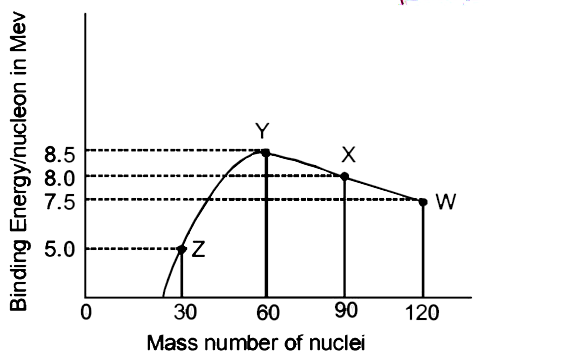
View SolutionAssume that the nuclear binding energy per nucleon (B/A) versus mass number (A) is drawn and is as shown in the figure. Consider a nucleus of A=110. Fission of the nucleus results into 2 fragments Then which of the following sets could be possibly the mass numbers of the resulting nuclei
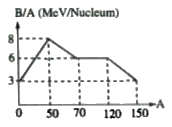
A) 55 and 55 B) 70 and 40
C) 100 and 10 D) 90 and 20
View Solution
Knowledge Check
The binding energy per nucleon of deuterium and helium nuclei are 1.1 MeV and 7.0 MeV respectively. When two deuterium nuclei fuse to form a helium nucleus the energy released in the fusion is
A23.6 MeVB2.2 MeVC28.0 MeVD30.2 MeV
Assume that the nuclear binding energy per nucleon (B/A) versus mass number (A) is as shown in the figure. Use
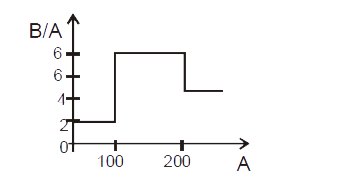
this plot to choose the correct choice(s) given below. Figure
View SolutionAssume that the nuclear binding energy per nucleon (B/A) versus mass number (A) is as shown in figure. Use this plot to choose the correct choice(s) given below.
(a) Fusion of two nuclei with mass numbers, lying in the range of 1<A<50 will release energy.
Fusion of two nuclei with mass numbers lying in the range of 51<A<100 will release energy.
(c) Fission of a nucleus lying in the mass range of 100<A<200 will release energy when broken into two equal fragements.
(d) Fission of a nucleus lying in the mass range of 200<A<260 will release energy when broken into two equal fragments.
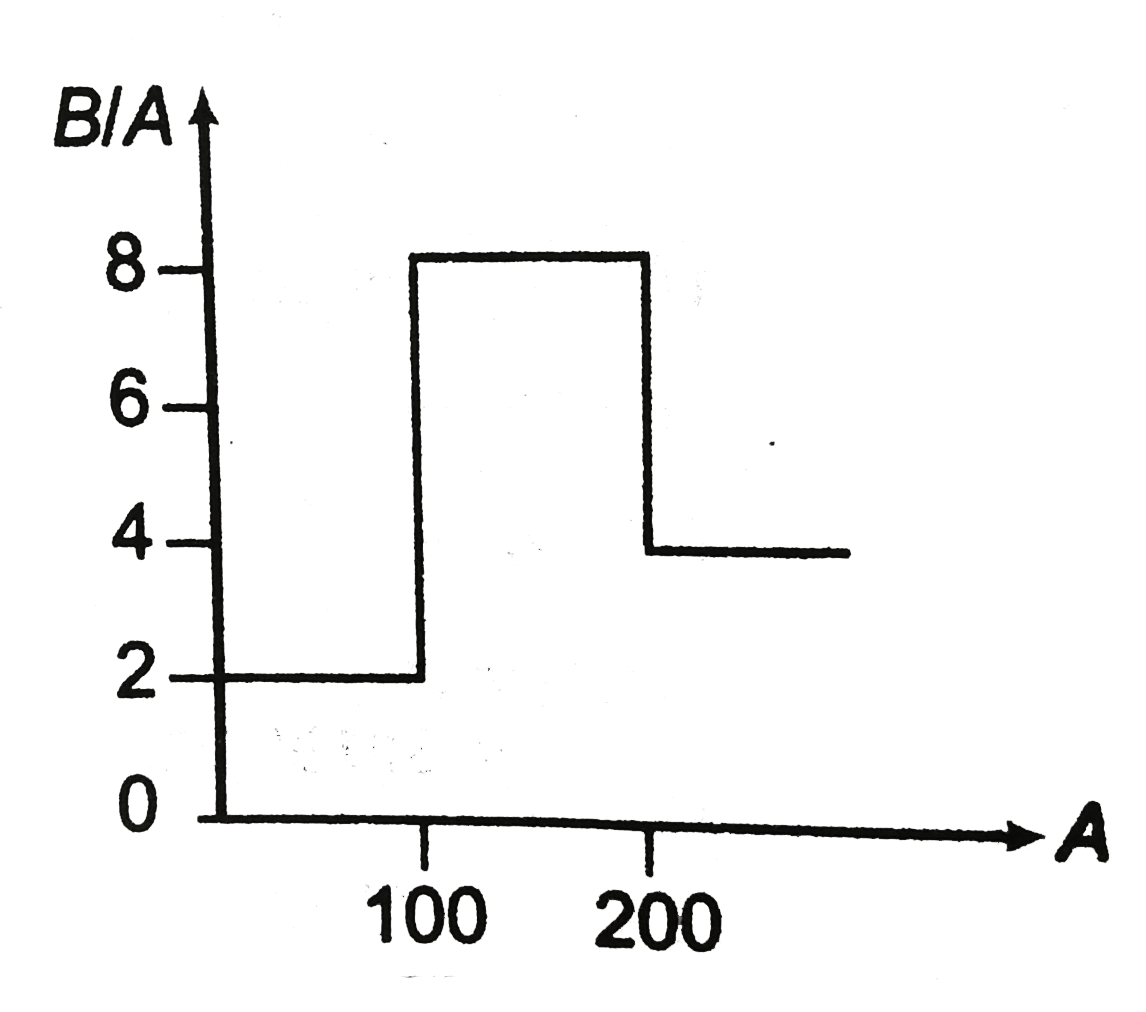
View SolutionAssume that the nuclear binding energy per nucleus(B/A) versus mass number (A) is as shown in the figure Use this plot to choose the correct (s) choice given below

View SolutionThis binding energy per nucleon for the parent nucleus is E1 and that for the daughter nuclei is E2. Then
View SolutionBinding energy per nucleon for helium nucleus (42He) is 70 MeV. Find the value of mass defect for helium nucleus.
View SolutionDraw the graph showing thervariation of binding energy per nucleon with mass number. Give therason for the decrease of binding energy per nucleon for nuclei with high mass numbers.
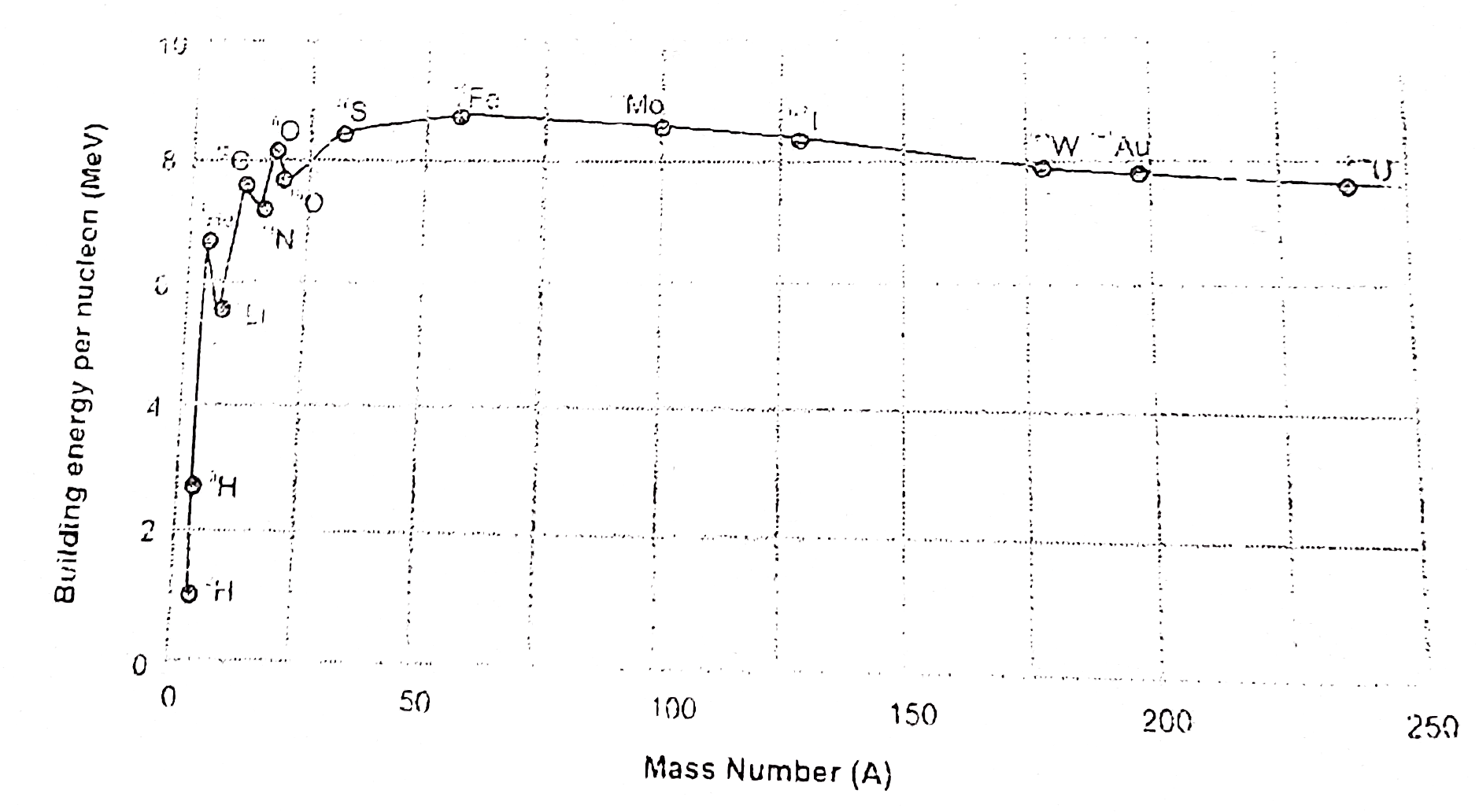
The binding energy per nucleon for nuclei with high mass number is low due to the large coulomb repulsion between the protons inside these nuclei.
View SolutionUsing the curve for the binding energy per nucleon as a function of mass number A, state clearly how the release in energy in the processes of nuclear fission and nuclear fusion can be explained.
View Solution
